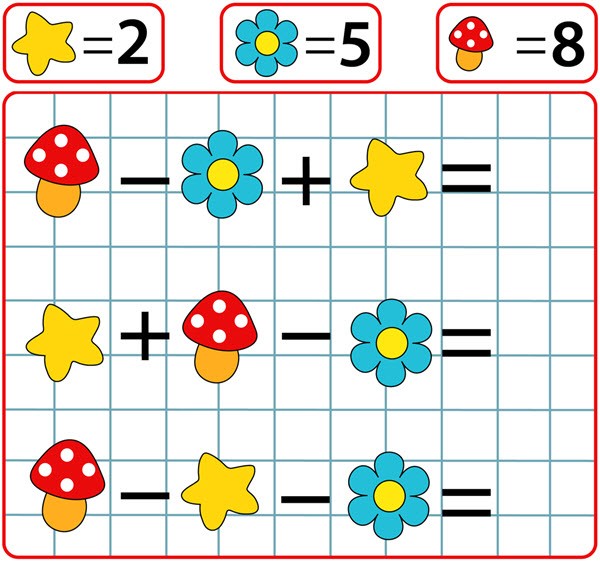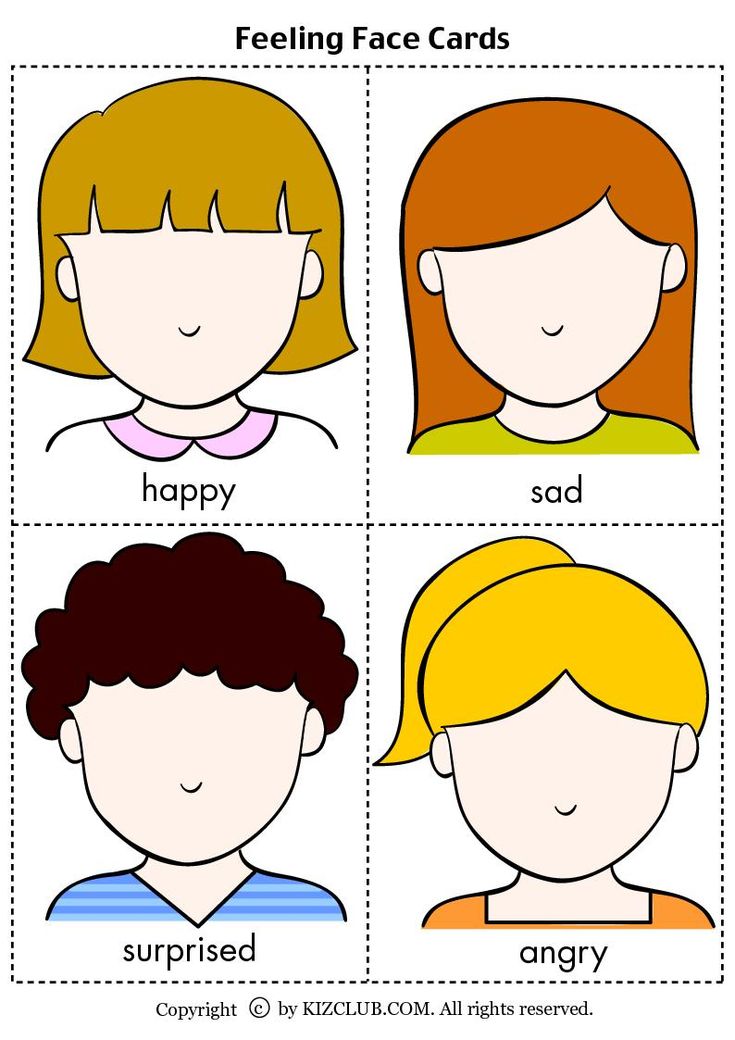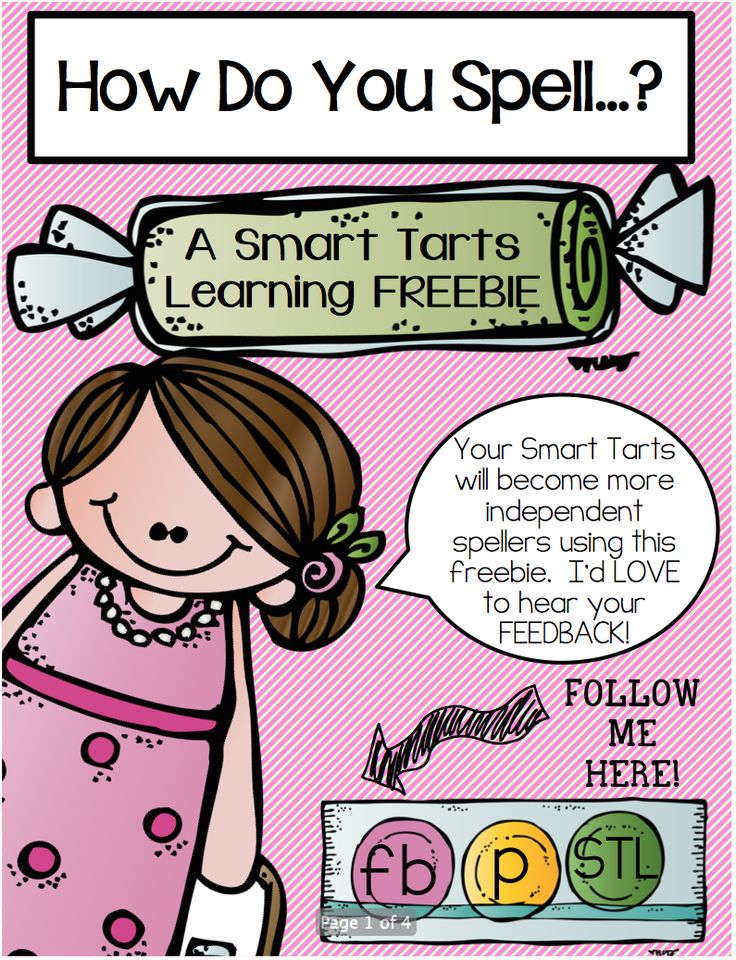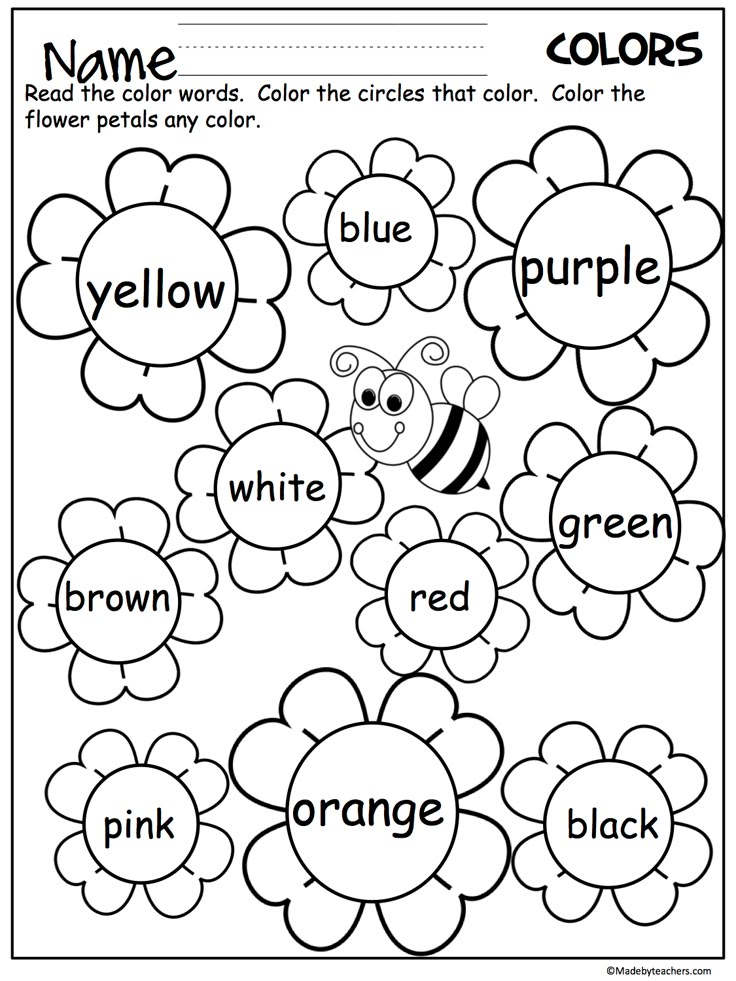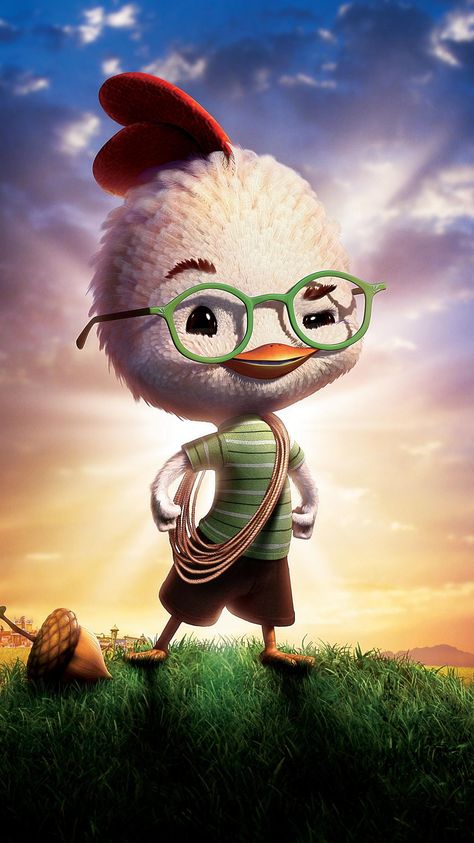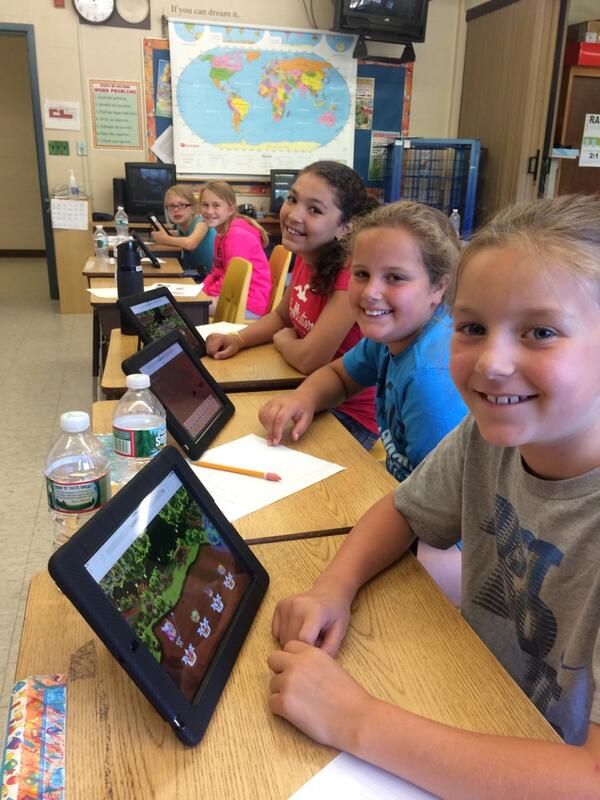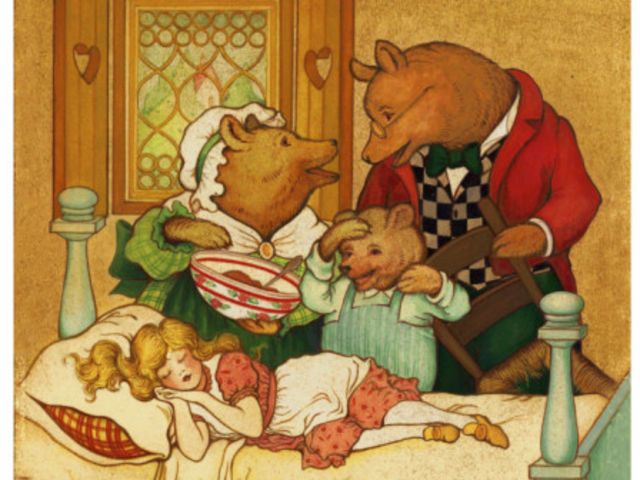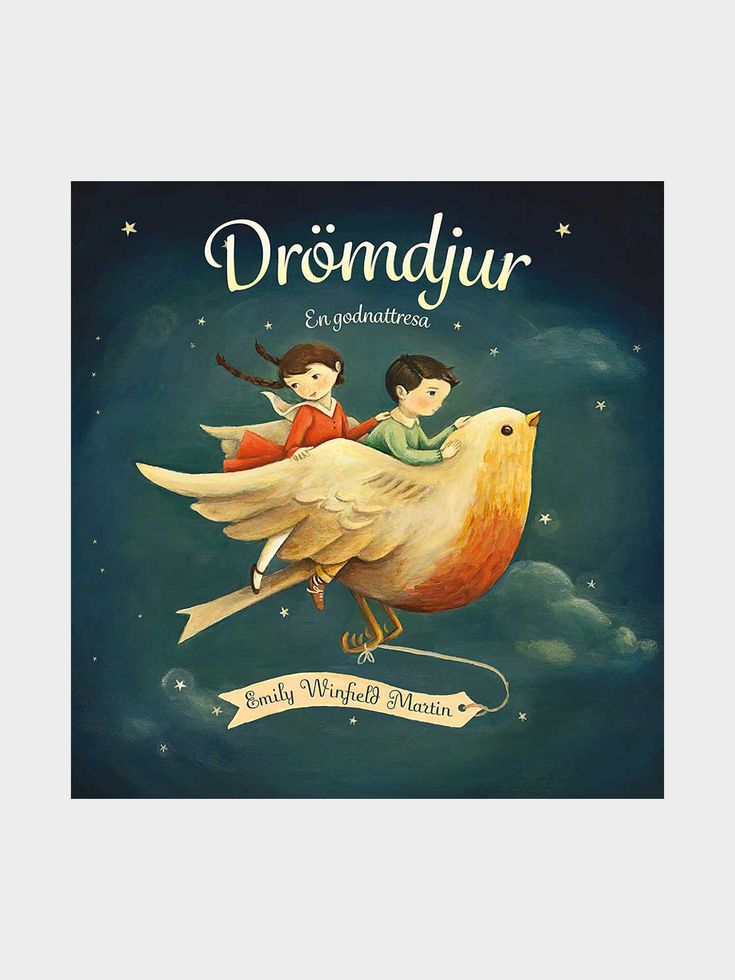Teaching social skills in the classroom
9 Ways to Teach Social Skills in Your Classroom
Research and experience has told us that having social skills is essential for success in life. Inclusive teachers have always taught, provided and reinforced the use of good social skills in order to include and accommodate for the wide range of students in the classroom.
Essentially, inclusive classrooms are representations of the real world where people of all backgrounds and abilities co-exsist. In fact, there are school disctricts with curriculum specifically for social and emotional development.
Here are some ways in which you can create a more inclusive classroom and support social skill development in your students:
1. Model manners
If you expect your students to learn and display good social skills, then you need to lead by example. A teacher's welcoming and positive attitude sets the tone of behaivor between the students. They learn how to intereact with one another and value individuals. For example, teachers who expect students to use "inside voices" shouldn't be yelling at the class to get their attention.
In other words, practice what you preach.
2. Assign classroom jobs
Assigning classroom jobs to students provides opportunties to demonstrate responsibility, teamwork and leadership. Jobs such as handing out papers, taking attendance, and being a line-leader can highlight a student's strengths and in turn, build confidence. It also helps alleviate your workload! Teachers often rotate class jobs on a weekly or monthly basis, ensuring that every student has an opportunity to participate. Check out this list of classroom jobs for some ideas!
3. Role-play social situations
As any teacher knows, it's important to not only teach the students a concept or lesson but then give them a chance to practice what they have learned. For example, if we teach students how to multiply, then we often provide a worksheet or activity for the students to show us their understanding of mulitiplication. The same holds true for teaching social skills. We need to provide students with opportunities to learn and practice their social skills. An effective method of practice is through role-playing. Teachers can provide structured scenarios in which the students can act out and offer immediate feedback. For more information on how to set-up and support effective role-playing in your classroom have a look at this resource from Learn Alberta.
An effective method of practice is through role-playing. Teachers can provide structured scenarios in which the students can act out and offer immediate feedback. For more information on how to set-up and support effective role-playing in your classroom have a look at this resource from Learn Alberta.
4. Pen-pals
For years, I arranged for my students to become pen-pals with kids from another school. This activity was a favorite of mine on many different academic levels; most importantly it taught students how to demonstrate social skills through written communication. Particularly valuable for introverted personalities, writing letters gave students time to collect their thoughts. It levelled the playing field for students who had special needs or were non-verbal. I was also able to provide structured sentence frames in which the kids held polite conversation with their pen-pal. Setting up a pen-pal program in your classroom takes some preparation before the letter writing begins. You want to ensure that students have guidelines for content and personal safety. This article, Pen Pals in the 21st Century, from Edutopia will give you some ideas!
You want to ensure that students have guidelines for content and personal safety. This article, Pen Pals in the 21st Century, from Edutopia will give you some ideas!
5. Large and small group activities
In addition to the academic benefits, large and small group activities can give students an opportunity to develop social skills such as teamwork, goal-setting and responsibility. Students are often assigned roles to uphold within the group such as Reporter, Scribe, or Time-Keeper. Sometimes these groups are self-determined and sometimes they are pre-arranged. Used selectively, group work can also help quieter students connect with others, appeals to extroverts, and reinforces respectful behavior. Examples of large group activities are group discussions, group projects and games. Smaller group activities can be used for more detailed assignments or activities. For suggestions on how to use grouping within your classroom, check out this article, Instructional Grouping in the Classroom.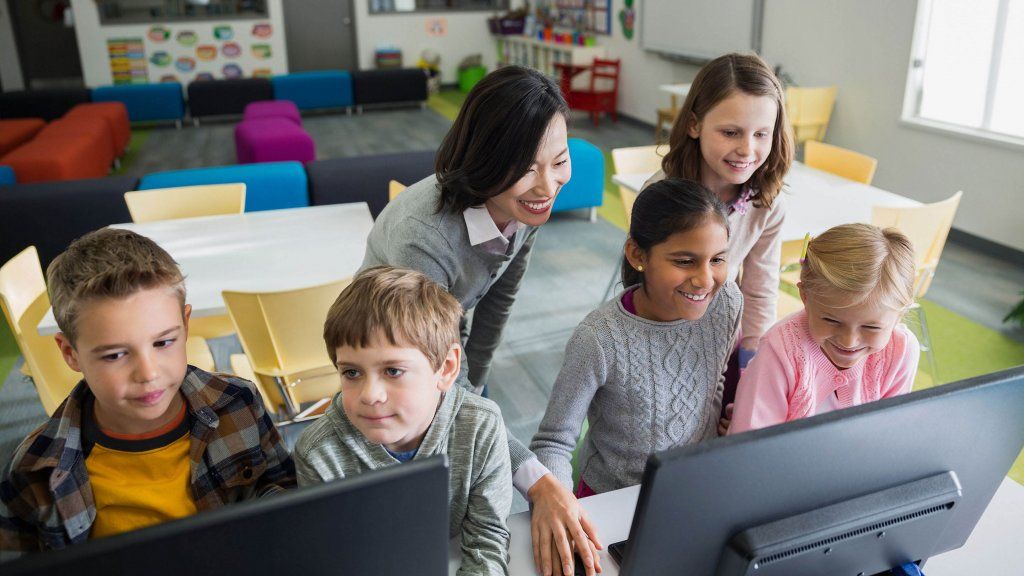
6. Big buddies
We know that learning to interact with peers is a very important social skill. It is just as important to learn how to interact with others who may be younger or older. The Big Buddy system is a great way for students to learn how to communicate with and respect different age groups. Often an older class will pair up with a younger class for an art project, reading time or games. Again, this type of activity needs to be pre-planned and carefully designed with student's strengths and interests in mind. Usually, classroom teachers meet ahead of time to create pairings of students and to prepare a structured activity. There is also time set aside for the teacher to set guidelines for interaction and ideas for conversation topics. Entire schools have also implemented buddy programs to enrich their student's lives. Here is an article that offers tips on how to start a reading buddy program.
7. Class stories
There are dozens of stories for kids that teach social skills in direct or inadvertant ways.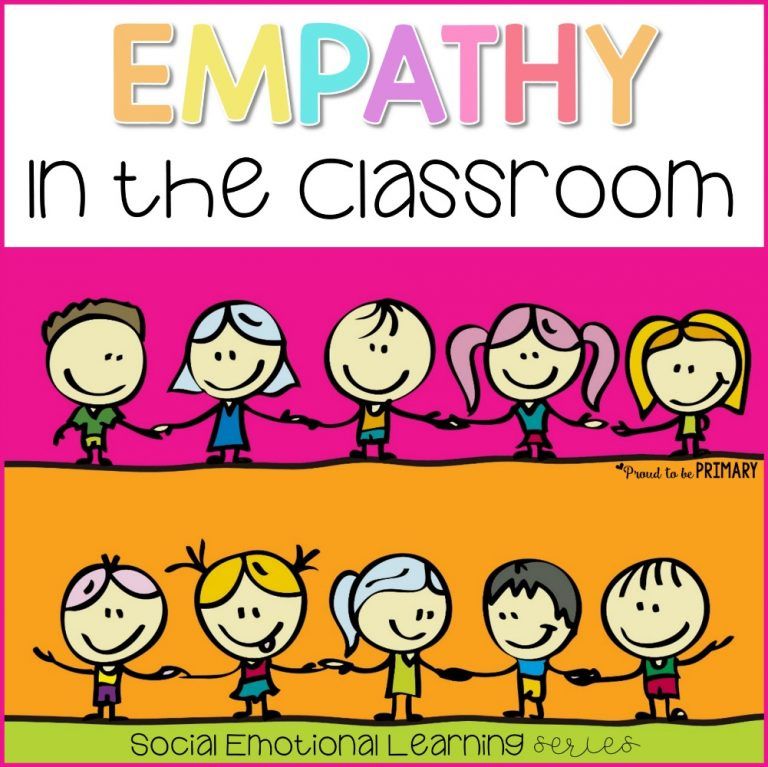 Find strategies to incoporate these stories in your class programs. You can set aside some time each day to read-aloud a story to the entire class or use a story to teach a lesson. Better yet, have your class write their own stories with characters who display certain character traits.
Find strategies to incoporate these stories in your class programs. You can set aside some time each day to read-aloud a story to the entire class or use a story to teach a lesson. Better yet, have your class write their own stories with characters who display certain character traits.
8. Class meeting
Class Meetings are a wonderful way to teach students how to be diplomatic, show leadership, solve problems and take responsibility. They are usually held weekly and are a time for students to discuss current classroom events and issues. Successful and productive meetings involve discussions centered around classroom concerns and not individual problems. In addition, it reinforces the value that each person brings to the class. Before a class meeting, teachers can provide the students with group guidelines for behavior, prompts, and sentence frames to facilitate meaningful conversation. Here is a great article, Class Meetings: A Democratic Approach to Classroom Management, from Education World that describes the purpose and attributes of a class meeting.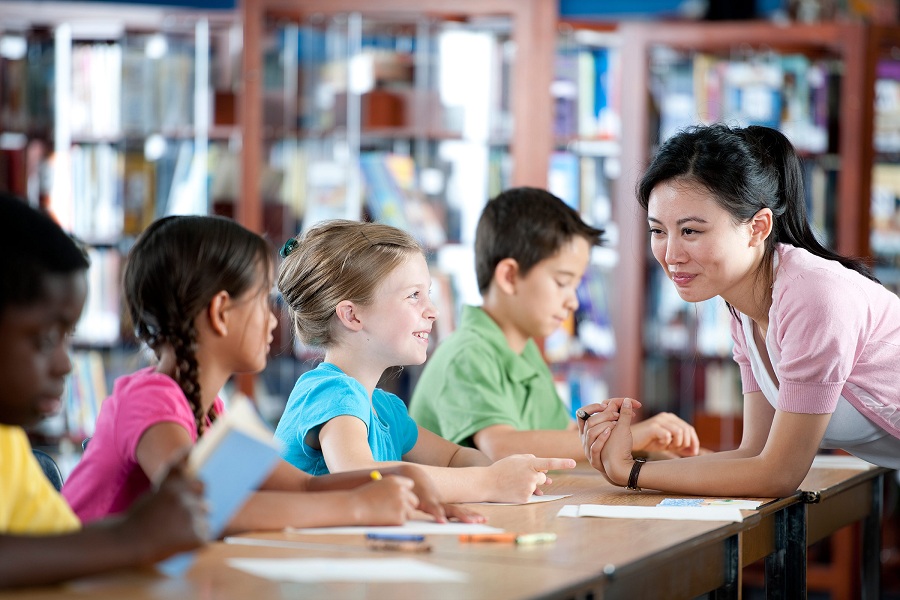
9. Explicit instruction
Finally, teachers can carve out a time in their curriculum to directly teach social skills to their students. Research-based programs such as Second Step provide teachers and schools with explicit lessons for social development. These programs can provide schools and classrooms with a common language, set of behavior expectations, and goals for the future. I have used programs such as Second Step in my classrooms with much success!
Nicole Eredics is an educator who specializes in the inclusion of students with disabilities in the general education classroom. She draws upon her years of experience as a full inclusion teacher to write, speak, and consult on the topic of inclusive education to various national and international organizations. She specializes in giving practical and easy-to-use solutions for inclusion. Nicole is creator of The Inclusive Class blog and author of a new guidebook for teachers and parents called, Inclusion in Action: Practical Strategies to Modify Your Curriculum.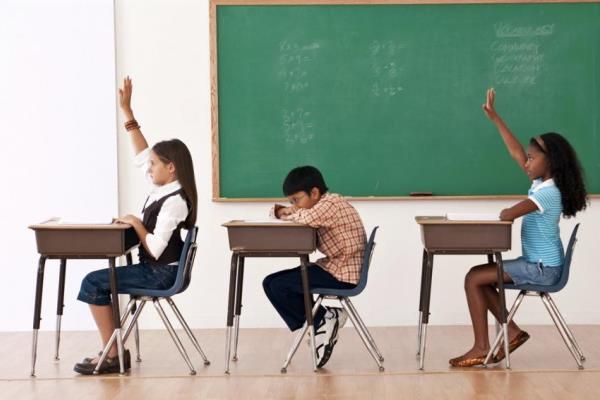 For more information about Nicole and all her work, visit her website.
For more information about Nicole and all her work, visit her website.
Related Topics
Social and Emotional Learning
13 Evidence-Based Ways to Teach Social Skills in 2021
Oct 19 2020
Positive Action Staff
•
SEL Articles
Many students struggle to learn important social skills, like interacting positively with others and starting conversations. The time spent on lecturing in schools means that kids don't always have the time to use these skills in the classroom.
A lack of social skills can contribute to poor academic performance, causing problem behaviors in class and dropping grades. We’ll show you how to teach social skills just as you teach math, science, and writing using evidence-based SEL techniques in your classroom.
1. Work with Peer Mentors
Kids develop similar social skills to those around them as they observe others’ actions and behaviors. Pairing students with peer mentors of the same age makes learning social skills feel less like a lesson.
You can pair students of the same age and go over which social skill you want to work on that day so that the peer mentor can effectively guide their students toward developing the desired skills.
2. Adopt a Research-Based Program
A research-based program like Positive Action creates a unique curriculum suited to specific grades that helps with teaching social skills in the classroom.
Positive Action focuses on social skills instruction and overall personal development through six units. These lessons don’t take much time out of your school day, but they have a significant impact on kids, teachers, and parents.
The Positive Action program promotes a social emotional learning curriculum that encourages responsible decision-making, self-management skills, social behaviors, and following directions. It is designed to guide kids through social encounters and encourages them to make their own decisions, become independent, and improve their overall well-being.
Studies show its effectiveness in schools, citing that Positive Action has helped students raise their grades, interact positively with peers, and improve overall socialization skills.
3. Model Social Skills with Videos
Video modeling demonstrates social skills and allows students to observe an action before putting it into practice for themselves.
Videos are one of the most effective strategies for teaching social skills in class. You can use different kinds of video modeling, including:
- Basic: Students watch a video of people performing certain social behaviors.
- Point-of-view modeling: The video plays from the point of view of the learner.
- Prompting: The video demonstrates an action and then offers a prompt for an activity.
- Self-modeling: Someone records the student doing a social activity so that they can watch themselves.
They and other students then point out what the student did well and how they can improve.
4. Use Film and Video Clips
Apart from video modeling, you can have students give feedback about characters in video clips. Ask them to describe what the character did wrong in a specific situation first. For example:
- Were they talking too close to someone and invading personal space?
- Did they not make eye contact?
- Were they not listening?
When you teach social skills, it’s important for students to recognize problem behaviors in others and themselves. Using video clips will boost their awareness of these behaviors.
5. Have Students Create Videos
Try having students create their own videos while they practice social skills. You can use this activity for homework assignments so that kids can use their skills outside the classroom.
Creating videos lets children have fun with learning social skills. They also help each other learn by viewing their videos and offering feedback.
You might try choosing a single social skill to practice, like nonverbal communication.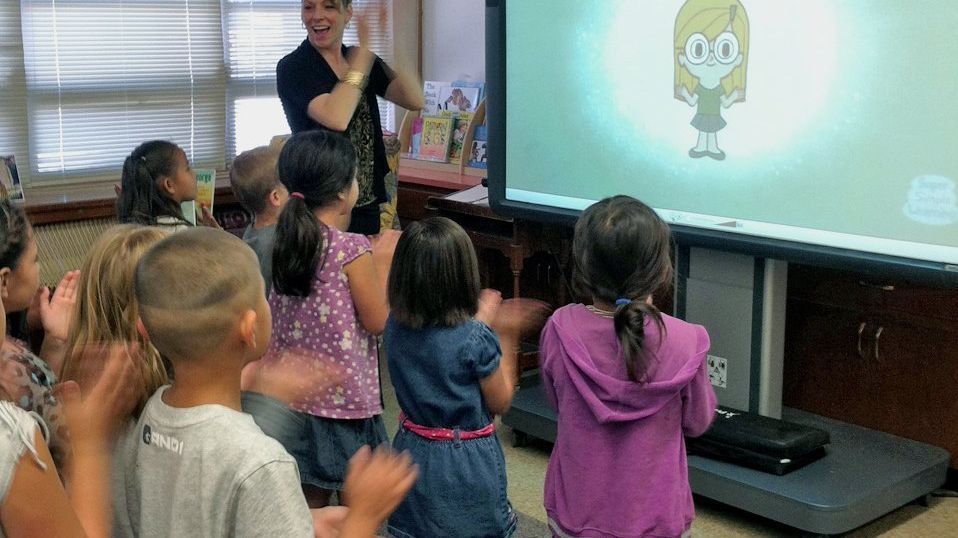 In this case, students create silent films. Ask the rest of the class to guess what happens in the films based on each person’s body language and nonverbal cues.
In this case, students create silent films. Ask the rest of the class to guess what happens in the films based on each person’s body language and nonverbal cues.
6. Imitate and Model Other Students
Much like with video modeling, kids often use imitation behaviors to learn new social skills. When you ask them to practice these techniques in the classroom, you can create situations where students model body language and other behaviors you want to encourage.
Use prompting while teaching social skills, so children get used to imitating and improving upon their skills. Kids may think they imitate well, but with instruction, find out where they can do better.
7. Construct Social Narratives
During a social narrative, you describe a situation to your students. For example, telling a short story about a student arguing with their teacher and getting in trouble presents a situation that does not demonstrate positive social skills.
With this exercise, children learn empathy when they consider how the person in the situation feels and how they would act differently. This skill allows them to explain why certain behaviors are or are not appropriate. The educator can also describe the best response after kids have thought about it themselves.
This skill allows them to explain why certain behaviors are or are not appropriate. The educator can also describe the best response after kids have thought about it themselves.
8. Create Lunch Groups
Break kids into small groups for lunch or activities. You can use topic boxes to prompt them to talk about specific subjects or use a particular skill.
Lunch groups can help students learn to talk about different subjects and relate to others by learning their interests. It also guides kids toward having appropriate conversations.
9. Form Structured Social Situations
In structured social situations, you teach a social skill to students before putting it into practice. You might have kids learn something on their own, in a one-on-one environment, before they go into a classroom to use their new socialization skills with others.
Structured social situations involve defining a behavior and the expectations that come with it first. For example, if a student has trouble standing too close to someone while talking, you might go over respecting personal space and have them practice it after.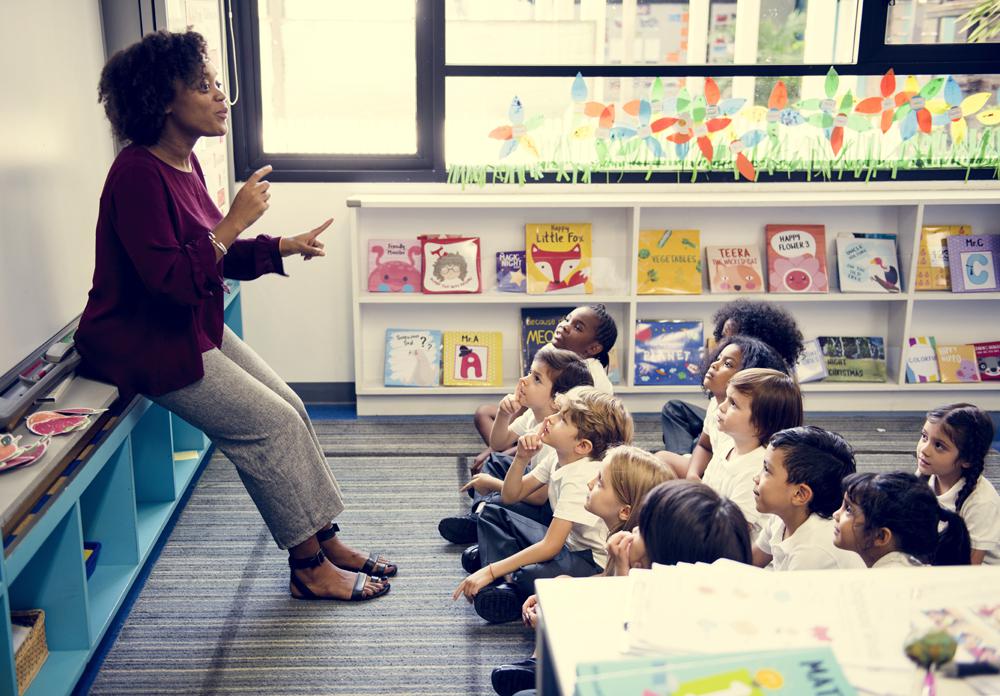
10. Encourage Communication with Joint Action Routines
Joint action routines create predictable routines for skills that kids can repeat. You show them a skill and then have them repeat it to practice.
Joint action routines minimize distraction and confusion when you teach one skill at a time. They show students exactly what to do in social situations to form habits and become independent as they get comfortable with the behavior.
11. Create a Classroom Management Plan
A classroom management plan helps children develop a routine and meet expectations. It also helps with problem-solving, as kids learn that they must complete a certain task with or without help, as well as how to ask for help politely.
Children develop an understanding of a behavior through repeated situations. They learn how they can improve and behave in different classroom environments based on their assigned tasks.
12. Encourage Teamwork
Activities, such as cooperative games or decision-making tasks, particularly those that don’t just encourage but require teamwork for success, lead children to get to know one another, work together, and learn the fine intricacies of forging friendships and presenting well-reasoned debates to have their voices heard.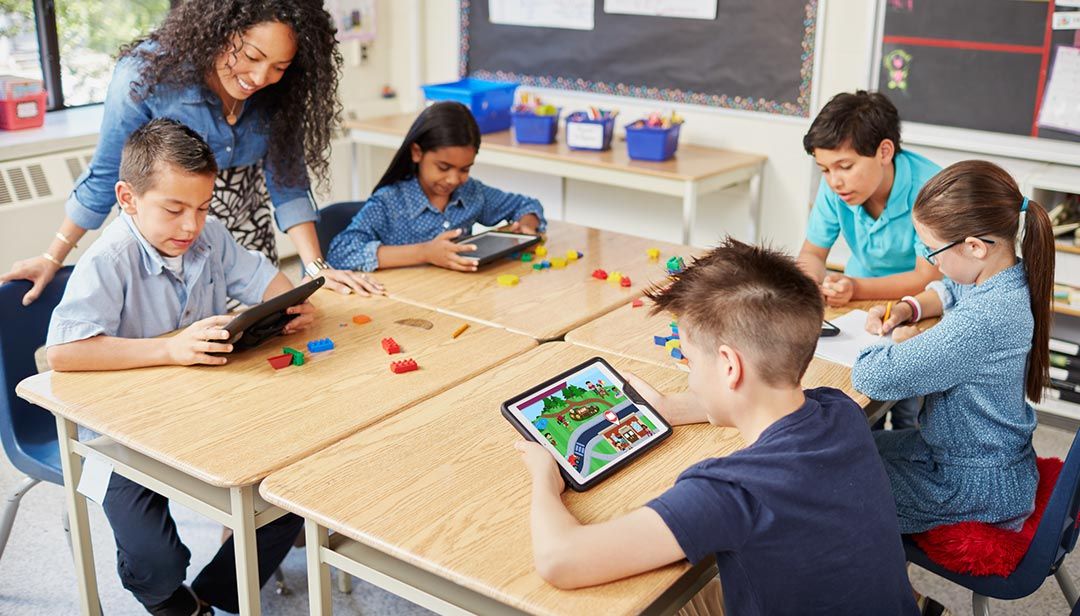
Avoid creating long-term teams to keep students continually interacting with new groups and practicing new social skills as different personalities collide!
13. Social Role-Play Activities
Social role-play activities allow students to use their new skills creatively. Give your class a scenario and ask them to come up with a short skit to act out in front of their peers.
You can make the scene specific to a single social skill, and other students will give feedback after the actors finish their demonstration. Kids come up with their own scripts, which allows them to think about the actions that do and don’t work.
Conclusion
When you use evidence-based methods for how to teach social skills, you help students learn new social techniques more quickly and effectively. Use a combination of these practices to determine how your students respond best and see which ones they enjoy.
Positive Action can help with SEL in any learning environment.
Contact us to schedule a webinar and talk about how our program can benefit your classroom.
The importance of teaching social skills to students in special education classrooms and beyond. | Autism | Inclusion
Every day, a large number of educators work hard to make schools a safe and positive learning environment with the greatest emphasis on test scores and academic achievement. But there are children who are
neither emotionally nor socially ready to face such academic demands because of their emotional and/or behavioral problems. Many of these students are in specialized special education classrooms. The teachers in these classes try to strike a balance between teaching these children the school curriculum and teaching them basic social skills.
In addition, special education educators often find it difficult to select and obtain effective resources to proactively teach children with special needs the necessary social skills, problem-solving skills, and to work with their personality characteristics. Social skills are life skills and it is necessary to learn to respect others in order to become a full member of society.
Social skills are life skills and it is necessary to learn to respect others in order to become a full member of society.
If the education system does not teach children how to cooperate with others, act responsibly, resolve conflicts and show tolerance, the number of inflexible and aggressive students in schools will steadily increase, and with it the number of cases of bullying, intimidation and physical aggression will increase . In addition, it is important that children acquire such skills at an early age, when they are most receptive to learning. The personal experience of many educators who have worked in public elementary, middle, and high schools, as well as professionals in non-profit organizations supporting physically and psychologically abused children, shows that teaching social and conflict resolution skills to older children, especially children with emotional or behavioral difficulties, incredibly hard .
Young children need to be taught social skills consistently especially in inclusive special education classes.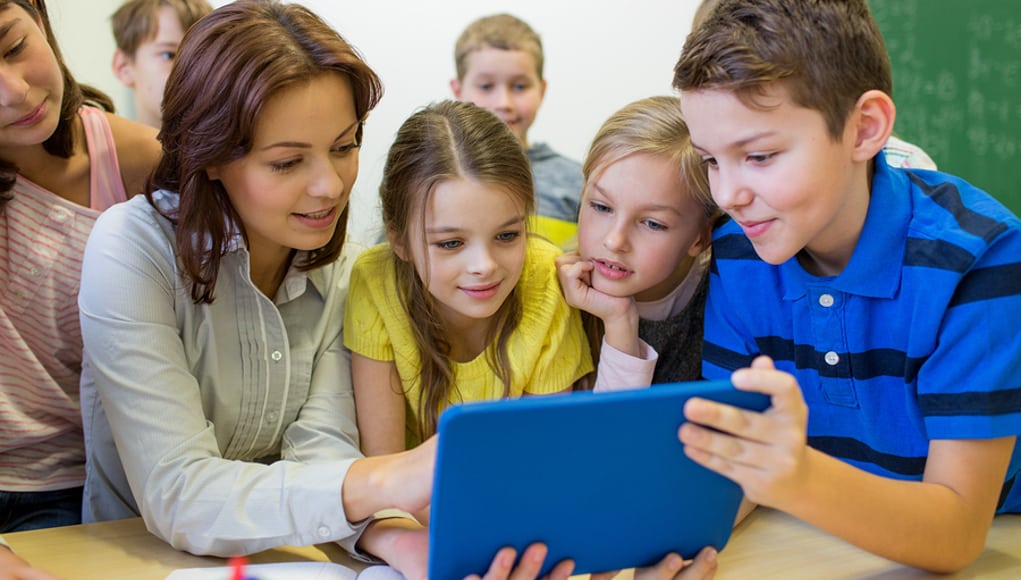 Today, working with social skills in schools is of great importance, because, unfortunately, children often do not learn the most important skills of social interaction in the home environment. Their parents may lack the knowledge, time, or child-rearing skills to instill in their children the basic concepts of social behavior. Moreover, a huge amount of valuable learning time is spent by educators managing behavioral problems, resolving conflict situations, and intervening in crisis situations.
Today, working with social skills in schools is of great importance, because, unfortunately, children often do not learn the most important skills of social interaction in the home environment. Their parents may lack the knowledge, time, or child-rearing skills to instill in their children the basic concepts of social behavior. Moreover, a huge amount of valuable learning time is spent by educators managing behavioral problems, resolving conflict situations, and intervening in crisis situations.
So why should we teach social skills to children? The ultimate goal for teachers, parents and school leaders is for children to use their own conflict resolution and self-management skills as they learn to manage their feelings in difficult situations and generalize behavioral skills in a variety of settings. When the issue of behavioral problems in the classroom is no longer so acute, teachers can pay more attention to academic achievement and effective teaching of school material, and students will feel their own progress in learning and proper social behavior.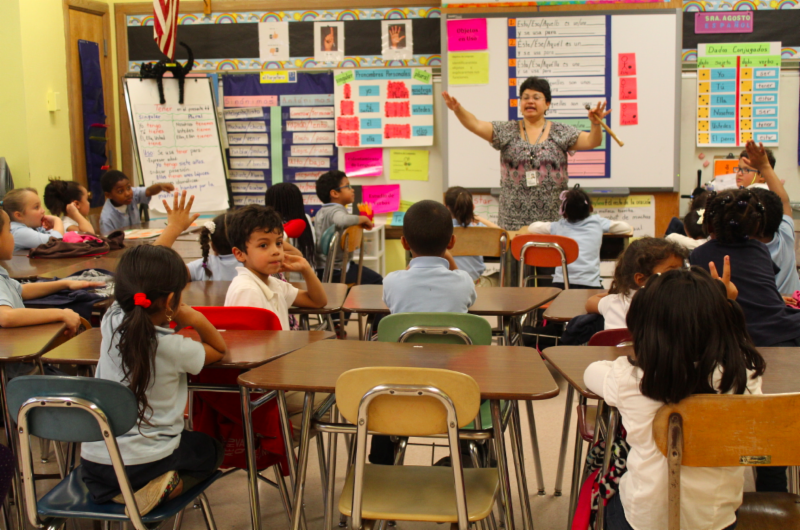
Source: http://teaching.monster.com/benefits/articles/9266-the-importance-of-social-skill-instruction-for-special-education-students
Social skills
PROGRAM DESCRIPTION
The Psychological Program "Social Skills" is designed to teach social behavior in a safe and friendly environment. At each group meeting, children are offered a role model and activities to practice skills. The approach is based on structured learning, a holistic teaching method that provides a framework for systematic learning of skills, similar to academic ones. The emphasis is on providing alternative behaviors to improve the effectiveness of social interactions. The curriculum is based on Michelle Garcia Winner's "Think Social: A Social Thinking Curriculum for School-Age Students" and includes structured activities to address real socialization issues.
Our social skills training for teenagers has a wide range of benefits. Our social skills groups will help teenagers develop the following qualities:
1) Easier interaction with others
We understand how difficult it can be to interact with peers, especially during adolescence. Our social skills experts use proven techniques to help your child learn how to initiate and maintain conversations. Groups also help your teen read other people's reactions, body language, and attitudes.
Our social skills experts use proven techniques to help your child learn how to initiate and maintain conversations. Groups also help your teen read other people's reactions, body language, and attitudes.
2) A sense of belonging
We devote the necessary time and effort to match each client with a group that matches their personality. Our team provides a safe space for your teenager, where his peers understand and unconditionally accept his feelings and emotions. And also thanks to the skills of how to cope with emotions and stress on their own.
3) Self Confidence Boosting
In our center, coaches and group members always encourage each other to use the acquired social skills in real life, whether at home, at school or with friends. We always want your teen to be confident in their ability to socialize and make friends. And also how to deal with your emotions in contact with others and one on one with yourself.
Group goals include :
- Making and supporting friends
- Coping with environmental pressures (peer, teachers and family)
- Using self-control and following instructions.

Learn more


